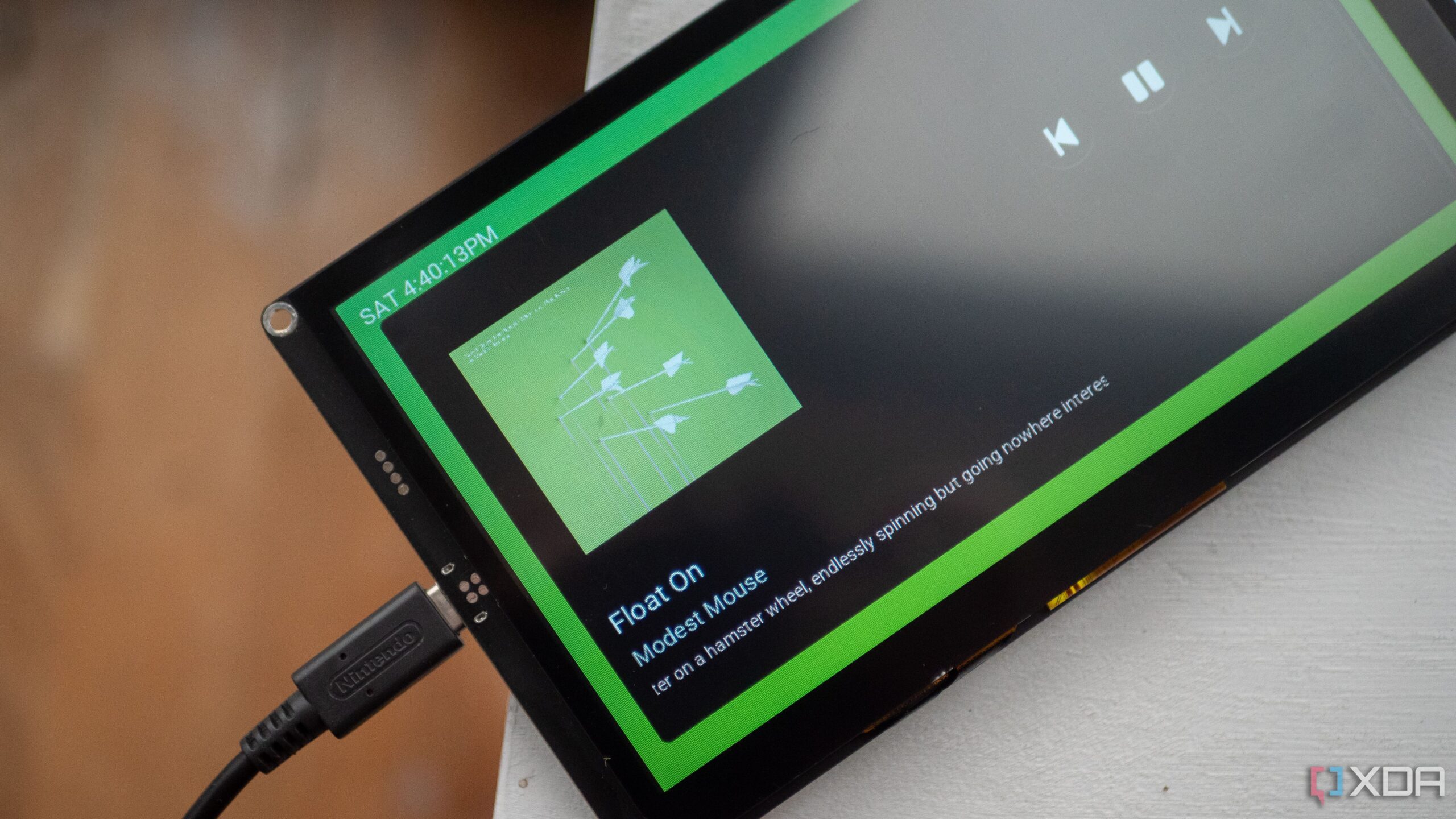UPDATE: A tech enthusiast has just unveiled a quirky new project: a Spotify display that not only shows what’s playing but also humorously critiques the listener’s music taste. This innovative device, powered by an ESP32 and using a vibrant 7-inch Elecrow display, is making waves among tech aficionados and casual listeners alike.
The device, which integrates seamlessly with Home Assistant’s Spotify functionality, allows users to control their music while displaying a light-hearted insult about their choices. This playful approach is capturing attention for its unique blend of functionality and humor, making it a trending topic in the DIY tech community.
Developed in October 2023, the project showcases the capabilities of the ESP32-S3, which features 16MB of flash and 8MB of PSRAM. These specifications are crucial for handling high-resolution album art, a feature that had previously posed challenges for similar projects. The creator reported that the ESP32-S3 efficiently downloads and resizes images for display without any difficulties, marking a significant improvement over earlier iterations.
The display pulls real-time data from Spotify through a URL generated by the Home Assistant integration, making it easy to access updated track details instantly. “It functions as a dedicated media controller, showing what’s playing at any given time, and the little insult adds a fun twist,” the creator stated.
The design process involved numerous iterations, with the developer finally settling on a layout that eliminates unnecessary elements while enhancing the visual appeal. “I removed the progress bar and focused on the album art, which now fits perfectly,” they explained.
Moreover, the device uses a local LLM (Large Language Model) for generating the witty quips. The integration of the Dolphin-Llama 3 model allows for near-instantaneous text generation, which adds to the user experience. “The text is entertaining, even if it’s slightly cringey,” the developer noted.
For those interested in replicating the project, the complete code is available in the creator’s GitHub repository. The instructions are user-friendly, allowing even beginners to customize their setups. With the right hardware, including sufficient PSRAM, users can enjoy the full functionality of the display, including the album art feature.
As this project gains traction, it highlights the growing trend of DIY tech solutions that combine usability with entertainment. The creator hopes that this quirky Spotify display will inspire others to engage with technology in fun and innovative ways.
Stay tuned for more updates as this project develops and possibly sparks a new wave of creative music displays!





































































